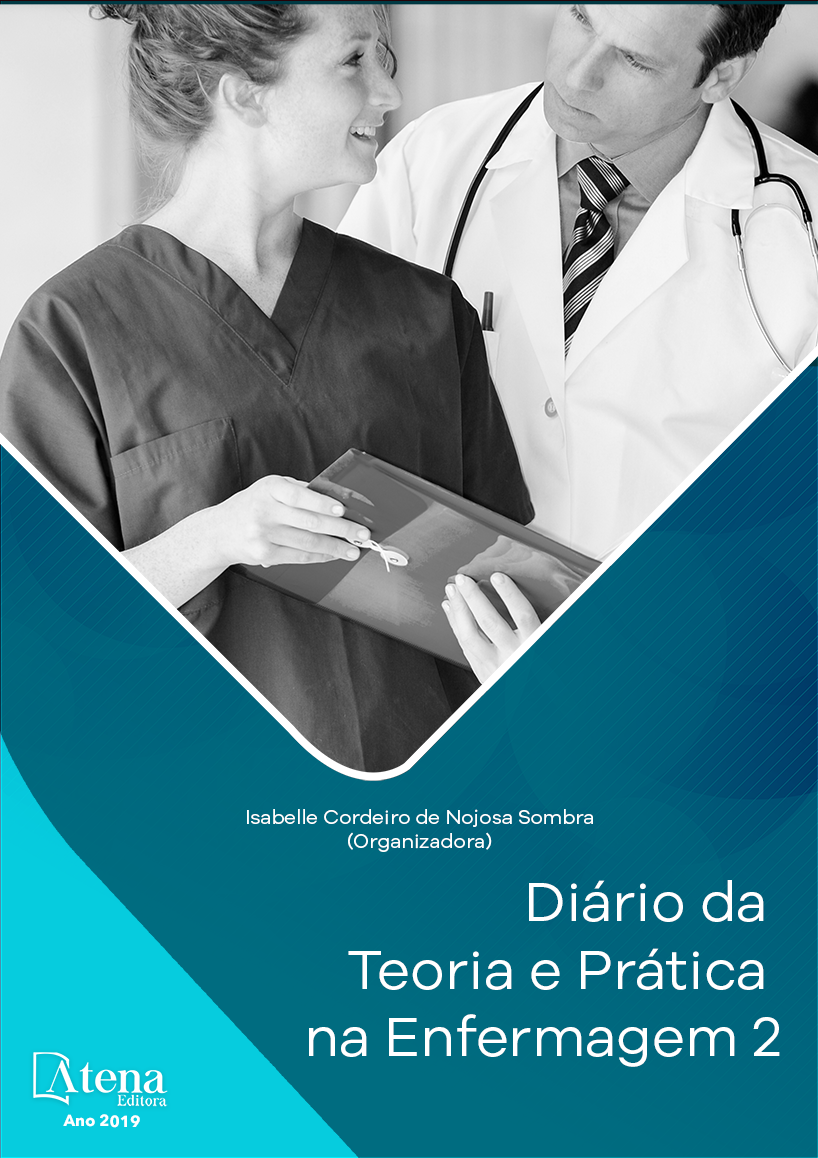
EDUCAÇÃO PERMANENTE NA PREVENÇÃO DA PNEUMONIA ASSOCIADA À VENTILAÇÃO MECÂNICA
Introdução: A Pneumonia Associada
à Ventilação Mecânica (PAV/PAVM) é uma das
infecções que mais acontecem nas terapias
intensivas. Como os Enfermeiros prestam
cuidados e tem maior acesso diário ao cliente,
utilizar a educação permanente como estratégia
para mudar a realidade e conscientiza-los
quanto às práticas pode ser essencial para que
eles entendam sobre o tema e reflitam sobre
as necessidades, pois apresentam importante
papel na prevenção e controle da PAV e suas
complicações. Objetivos: geral: Analisar
através da produção bibliográfica do tipo Revisão
Integrativa como a educação permanente pode
diminuir os riscos da Pneumonia Associada à
Ventilação Mecânica; específicos: Analisar,
através da literatura, as práticas de educação
permanente que podem auxiliar na redução dos
índices da Pneumonia Associada à Ventilação
Mecânica e caracterizar sobre o preparo
dos profissionais de Enfermagem quanto ao
conhecimento/adoção das medidas preventivas
da PAV. Metodologia: trata-se de pesquisa de
revisão integrativa de abordagem qualitativa
e descritiva, onde se procurou transformar
as informações levantadas dos estudos em
aplicabilidade para o conhecimento científico.
As bases de dados utilizadas para o estudo
foram: SCIELO, BVS Brasil, LILACS e IBICT.
Resultados: foram selecionados três artigos
para compor a pesquisa. Após a leitura e
análise dos estudos, foram originadas duas
categorias: o conhecimento e adesão das
medidas preventivas e a educação permanente
na reflexão sobre a assistência prestada.
Conclusão: a educação permanente tem a
intenção de melhorar a prática no trabalho e
beneficiar tanto a equipe quanto ao cliente.
Porém, foi evidenciada uma carência de estudos
sobre a temática abordada.
EDUCAÇÃO PERMANENTE NA PREVENÇÃO DA PNEUMONIA ASSOCIADA À VENTILAÇÃO MECÂNICA
-
DOI: 10.22533/at.ed.49219230910
-
Palavras-chave: Educação permanente; Pneumonia Associada à Ventilação Mecânica; Enfermagem.
-
Keywords: continuing education; Ventilator-Associated Pneumonia; Nursing.
-
Abstract:
Introduction: The Ventilator-Associated Pneumonia (VAP) is one of
the most frequent infections in intensive care units. As the nurses providing care and
have higher daily access to the patient, using the continuing education as a strategy
to change the reality and educate nurses about the practice, it may be essential for
them to understand on the subject, think about the needs, therefore play an important
role in the prevention and control of VAP and its complications. Objective: general:
Analyze through the bibliographic production of the type Integrative Review as
continuing education can reduce the risk of Ventilator-Associated Pneumonia; specific:
Analyze, through literature, the continuing education practices that can help reduce
the rates of Ventilador- Associated Pneumonia and characterize the preparation
of nursing professionals about the knowledge / adoption of preventive measures of
VAP. Methodology: it is an integrative review of research qualitative and descriptive
approach, where it sought to transform the information gathered from applicability
in studies to scientific knowledge. The databases used for the study were: SCIELO,
BVS Brasil, LILACS and IBICT. Results: three articles were selected to compose the
research. After reading and analyzing the studies were originated two categories: the
knowledge and adherence of the preventive measures and continuing education in
the reflection on the healthcare provided. Conclusion: continuing education it intends
to improve practice at work and benefit both the staff and the patient. However, it was
evidenced a lack of studies on the theme.
-
Número de páginas: 15
- Cleide Gonçalo Rufino
- Fabiana Ferreira Koopmans
- Patrícia de Souza
- Carolina Trugilho Rodrigues


